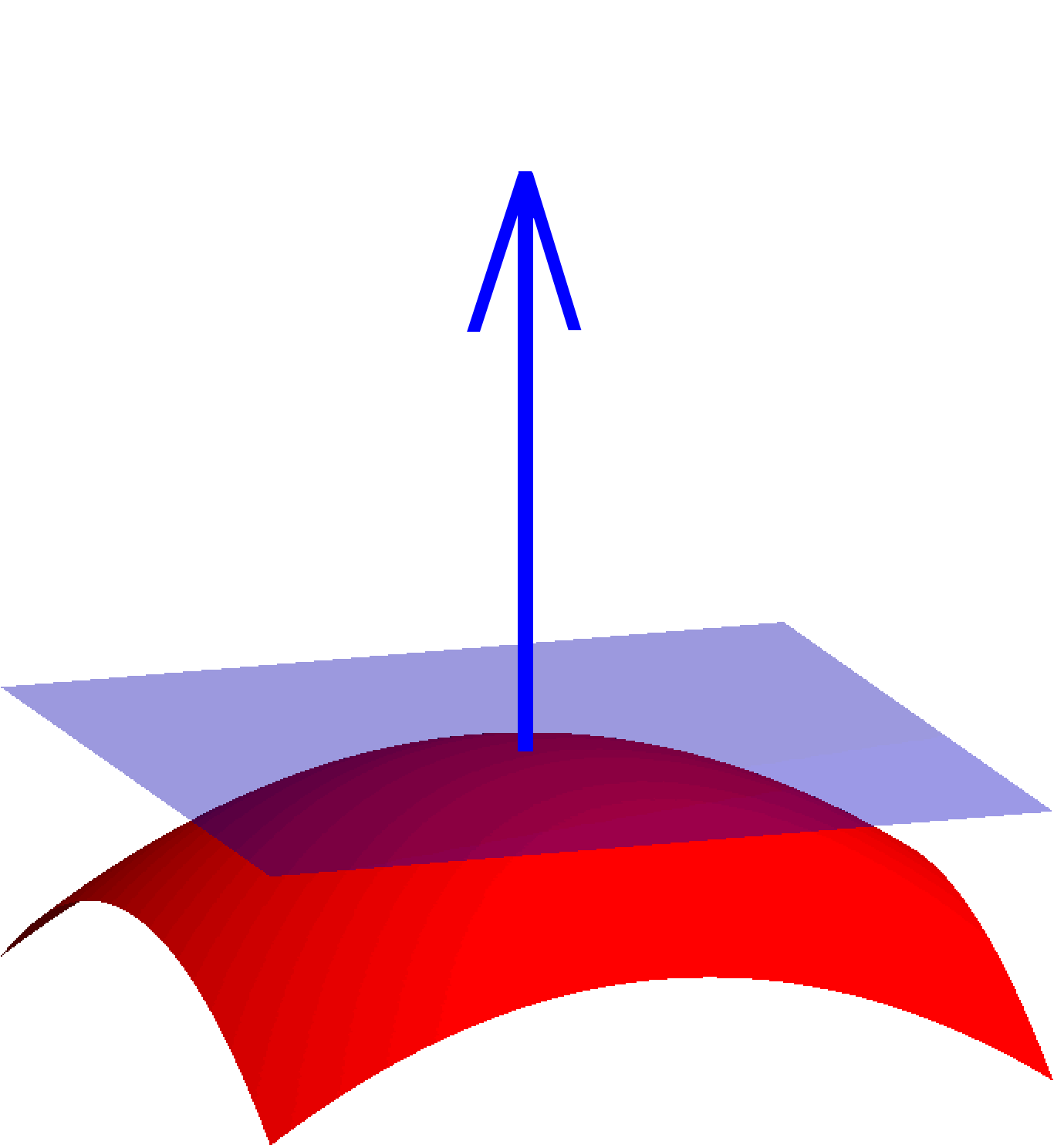fuzzybabybunny
Rookie
What's the secret to aiming your serve and how should you think about it? As a general rule, the ball goes in the direction that the string bed is pointing at the moment of contact. If you're a righty, at the start of every serve the string bed should be facing the left side of the court and it should rotate from left to right as you pronate through the serve motion.
So say that the string bed facing the left is 0 degrees and the string bed facing the right is 180 degrees. String bed facing straight out in front is 90 degrees.
If you're on the deuce side and want to hit down the middle, do you time your contact so that the strike occurs at 90 degree pronation? And if you want to hit out wide to the left, do you time contact so that it strikes at like 75 degree pronation?
On the ad side, hitting down the middle would have contact at 90 degrees of pronation and hitting wide to the right would be contact at 115 degrees of pronation?
Is this how aiming works on the serve? You're trying to time the contact of the ball with the exact angle of pronation that you want *as your wrist is in the process of rotating counter-clockwise*?
So say that the string bed facing the left is 0 degrees and the string bed facing the right is 180 degrees. String bed facing straight out in front is 90 degrees.
If you're on the deuce side and want to hit down the middle, do you time your contact so that the strike occurs at 90 degree pronation? And if you want to hit out wide to the left, do you time contact so that it strikes at like 75 degree pronation?
On the ad side, hitting down the middle would have contact at 90 degrees of pronation and hitting wide to the right would be contact at 115 degrees of pronation?
Is this how aiming works on the serve? You're trying to time the contact of the ball with the exact angle of pronation that you want *as your wrist is in the process of rotating counter-clockwise*?


